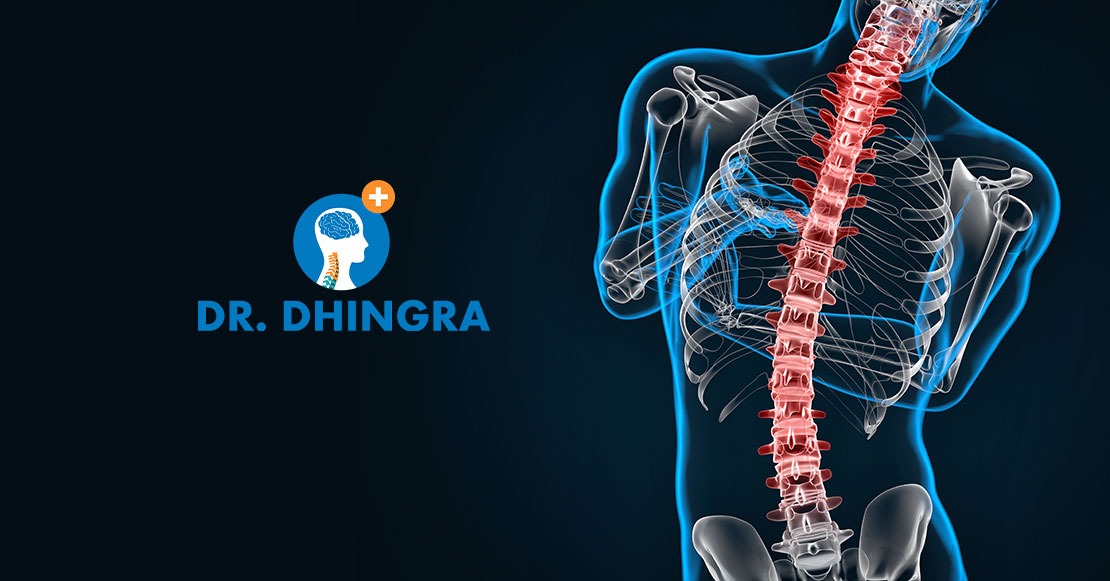
Cervical Disc Replacement
A set of 7 bones, called cervical vertebrae, make up our spine and these are placed on top of each other. These disks act like cushion, absorbing shocks along the cervical vertebrae and allow the neck to move freely. When these cervical disks get damaged or worn, the space between the vertebrae becomes smaller and narrower. This may cause some part of the cervical disk to put pressure on the spinal cord or nerves which can cause pain, numbness or weakness. When the patient fails to get any relief through nonsurgical treatments, cervical disk surgery is recommended.
What is it?
Cervical disk replacement is a procedure that involves removing a damaged cervical disc and replacing it with a metal or polymer prosthetic. The spine surgeon in Chandigarh will first make a cut in the side of the neck and move any tissue that’s coming in the way. The damaged disc is then removed along with any bone spurs. After this is done, an artificial or prosthetic disk is inserted and the surgeon closes the incision. Cervical disk replacement is also known as arthroplasty or artificial disc replacement.
Symptoms of Cervical Disk Degeneration
It is quite common to experience the space between the cervical vertebrae getting narrow after a neck injury. However, it is also common for people above 60 to have their cervical disk collapse and bulge as part of the natural ageing process. An interesting thing to note here is that many doctors don’t know why some people show more symptoms of cervical disk degeneration than others. These include:
- Neck pain
- Stiff Neck
- Headaches
- Pain that travels down into your shoulders or into your arms
- Weakness in shoulders, arms, hands, or legs
- Loss of balance while walking
- Numbness in your arms
- Trouble urinating
Advantages of CDR
- It’s a safe procedure and effective at easing cervical pain.
- It doesn’t require a bone graft. The artificial disk has to be the right size and inserted correctly which lowers the risk of nonunion.
- Disc replacement preserves motion.
- Disc replacement may have a quicker recovery rate as it takes some time for the bone graft to harden completely.
Normally patients can get back to performing light activity in about 2-4 weeks after CDR. For more rigorous activity it may take up to 6-8 weeks. As the top Neurosurgeon in Chandigarh, Dr. Anil Dhingra abides by the highest standards of patient-centric treatments to deliver the best neurocare.
Source: edisonspinecenter.com, urmc.rochester.edu
